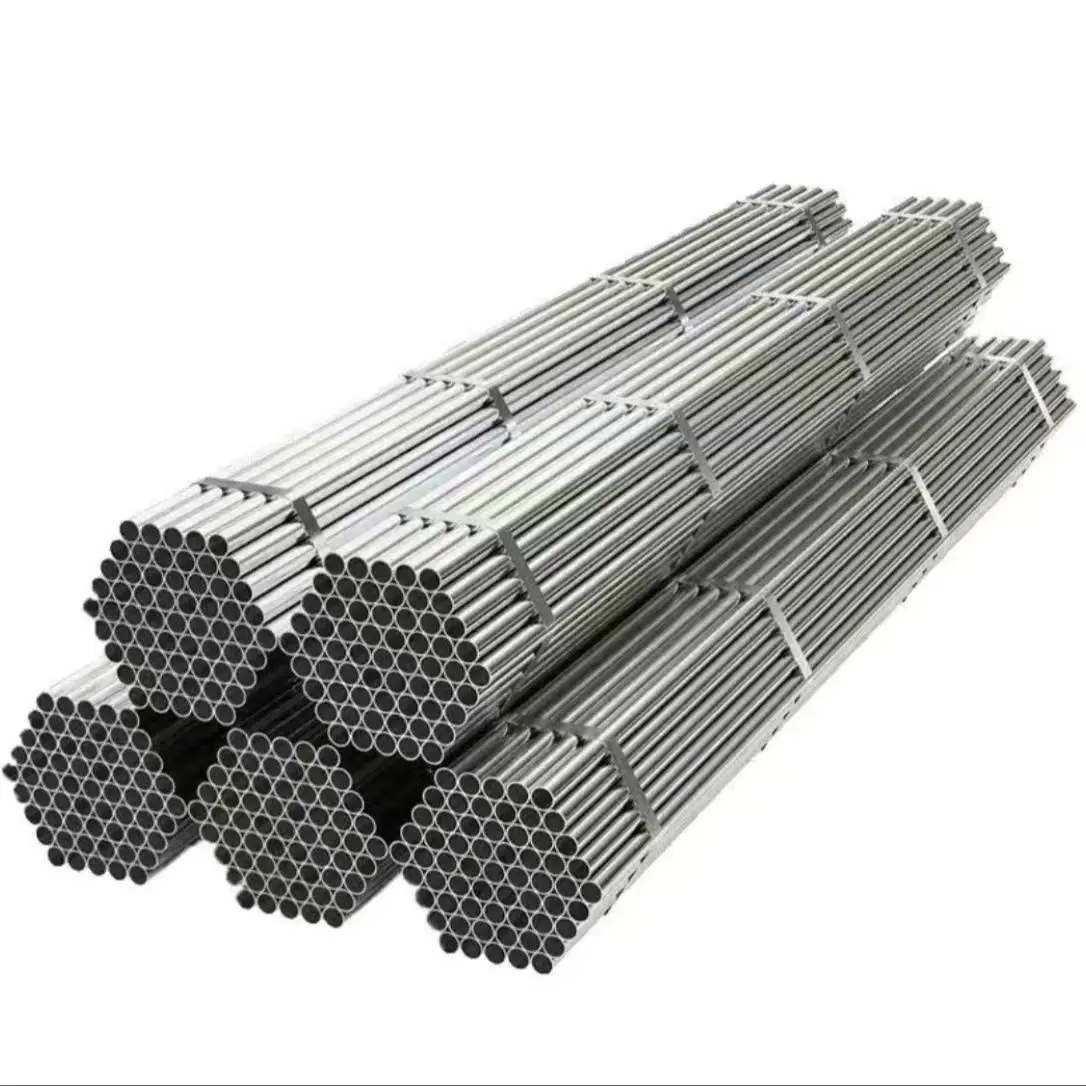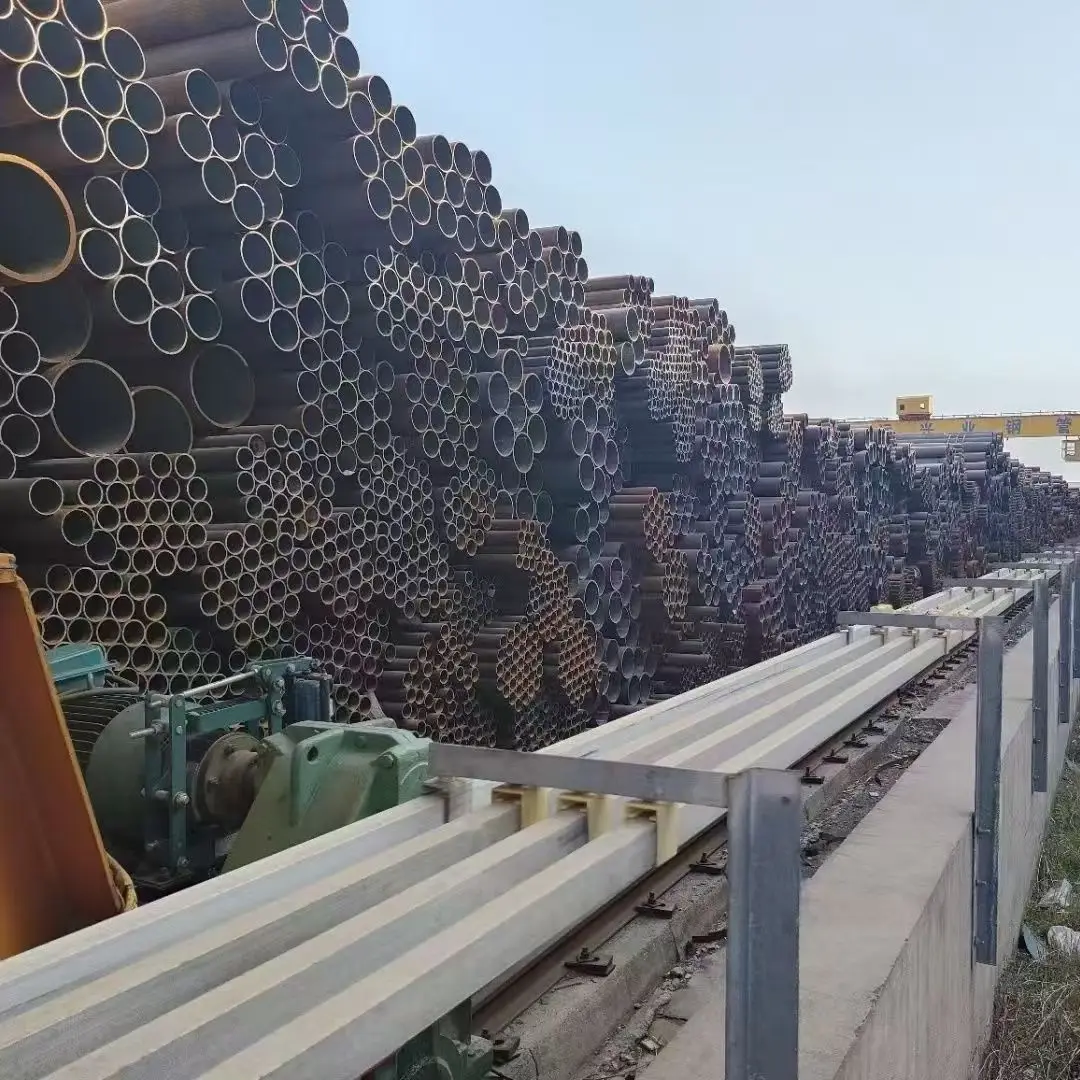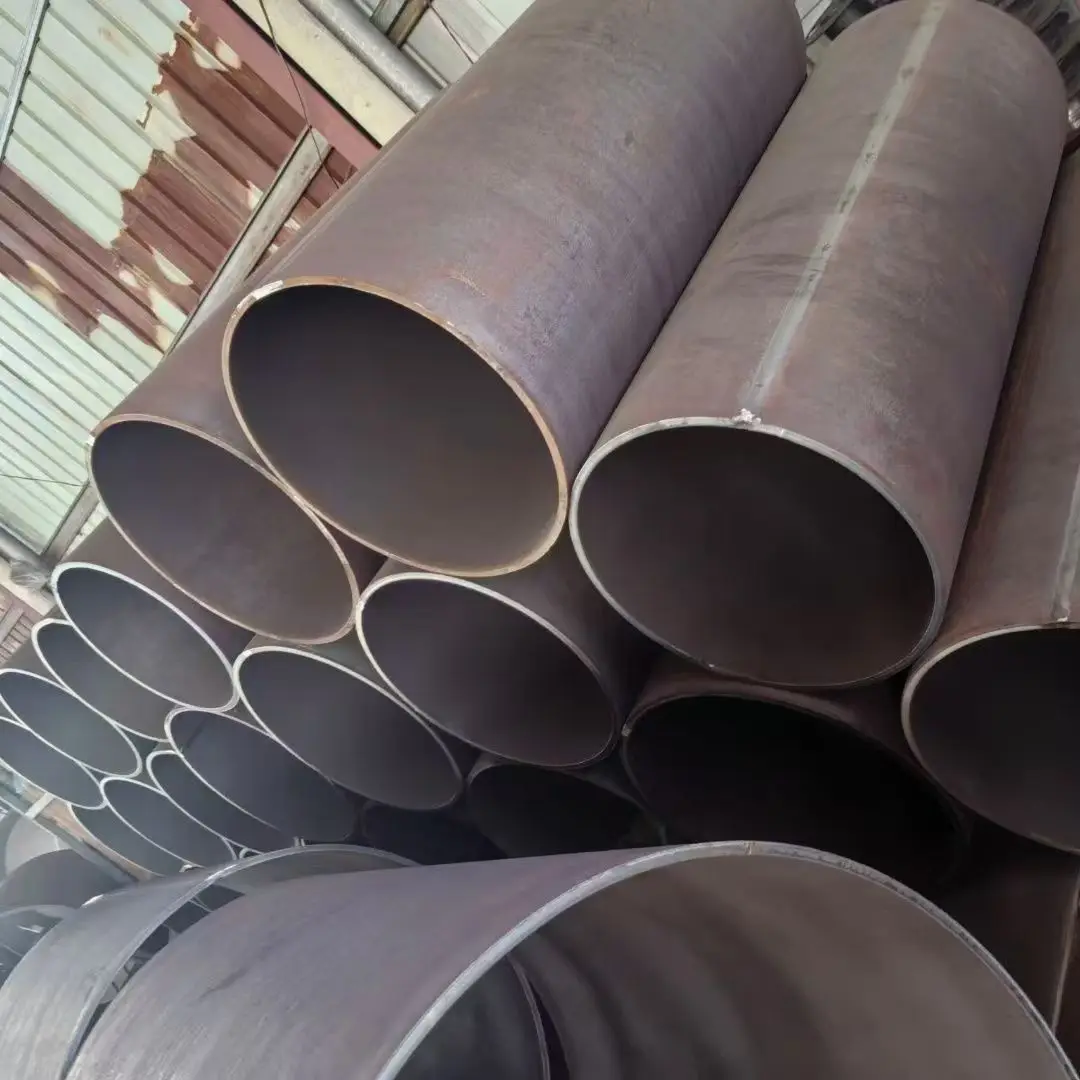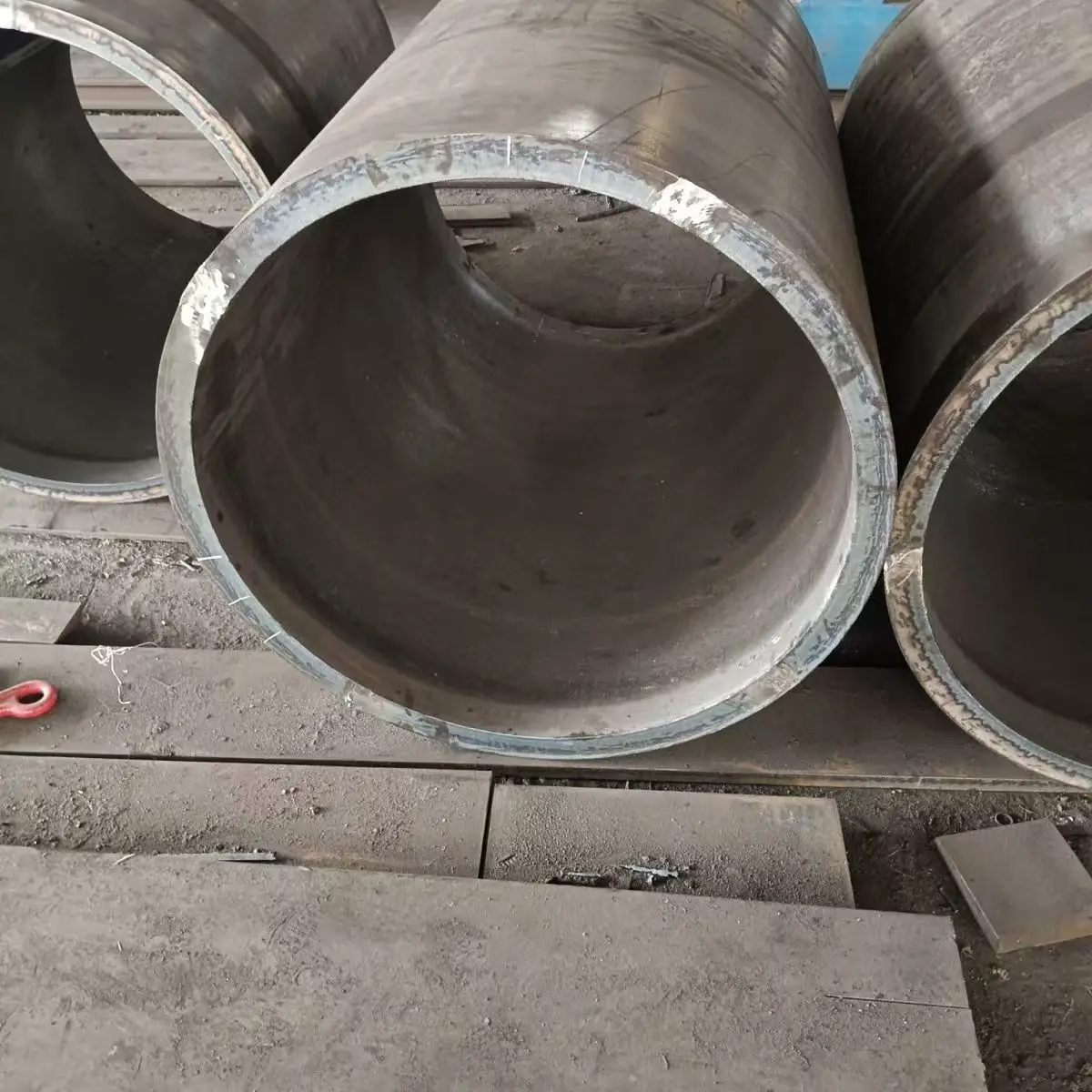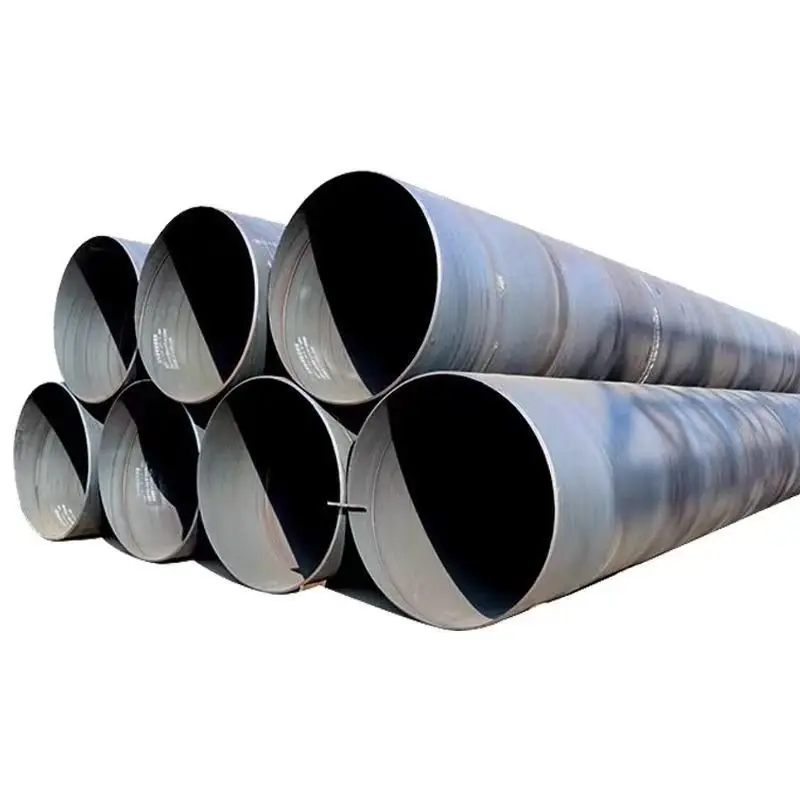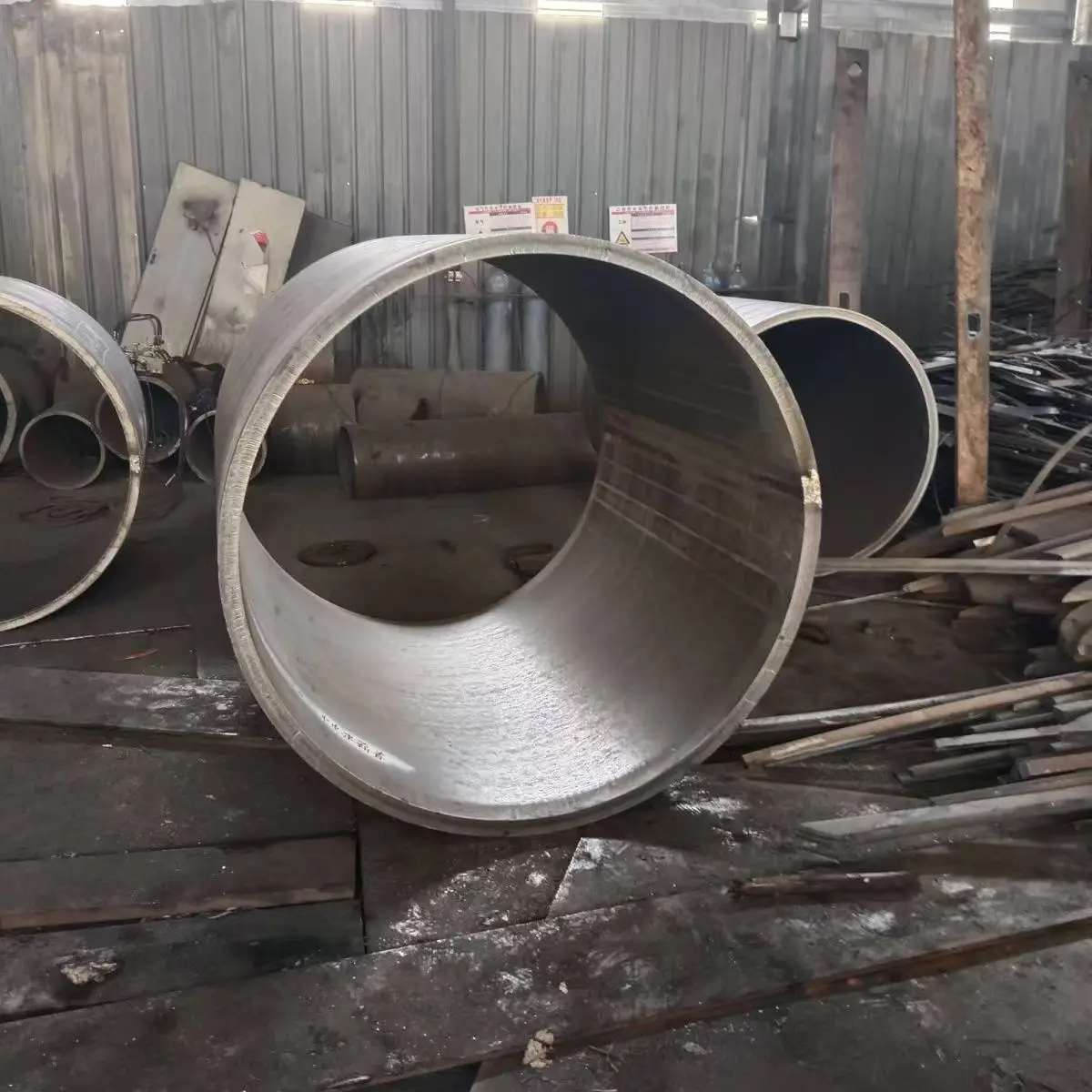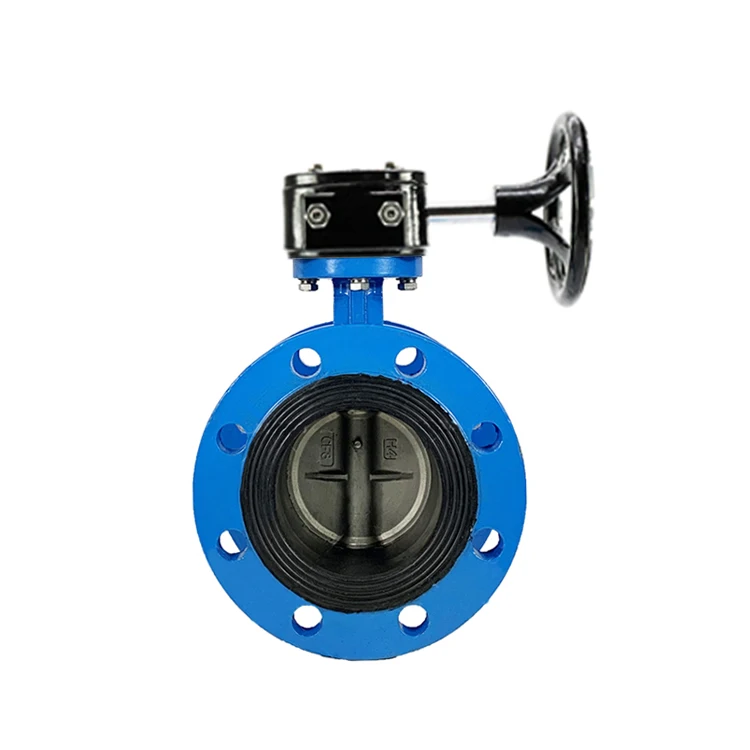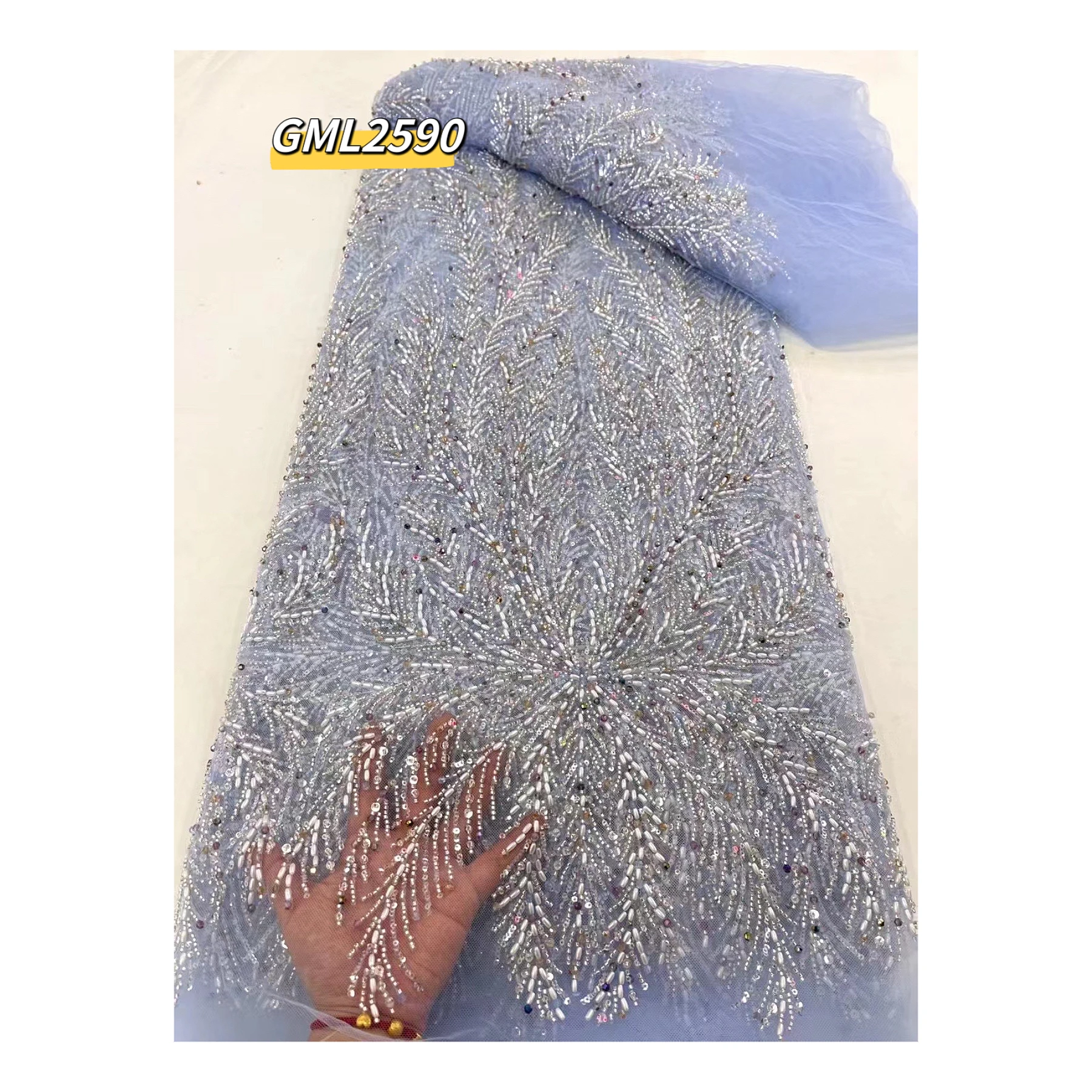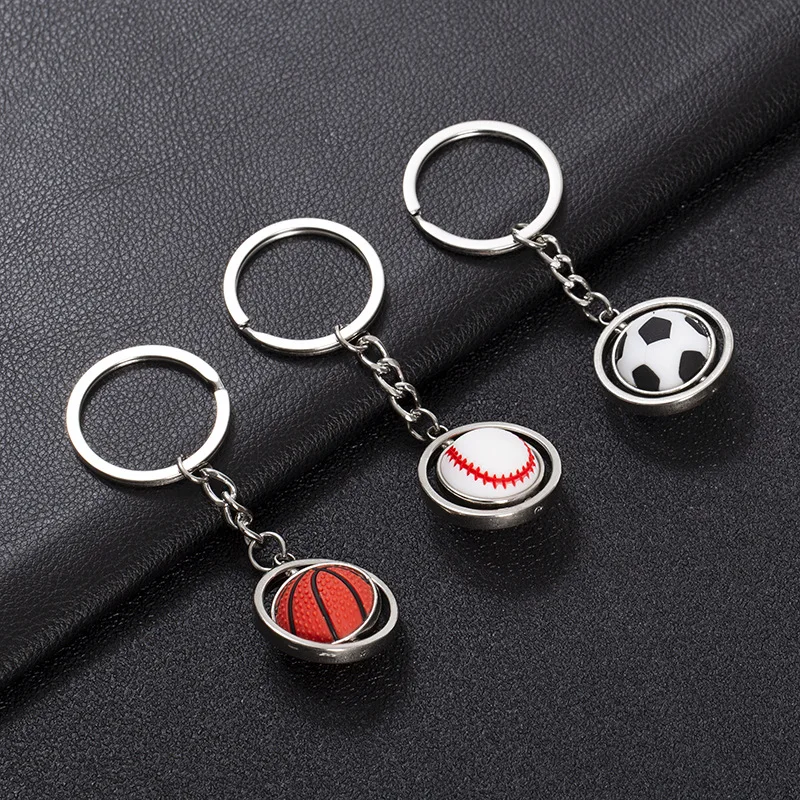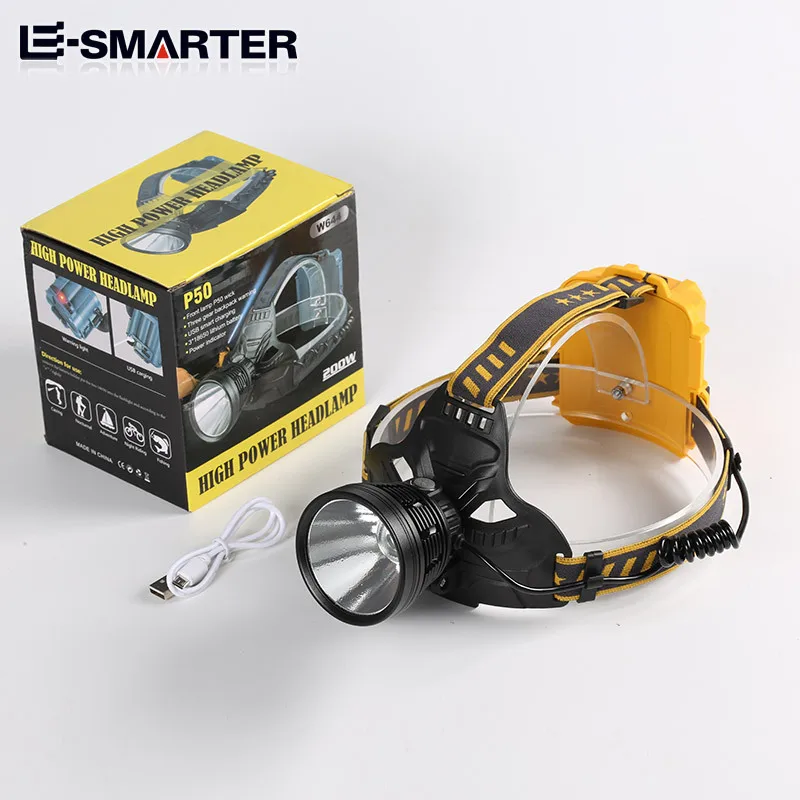Product Description
Outer Diameter
|
10.3mm-914.4mm
|
Wall Thickness
|
1.24mm-63.5mm
|
Standard
|
ASTM A53, BS1387-1985, API 5L standard
|
Material
|
Q195, Q235, Q345, ASTM A53 Gr.B, API 5L Gr.B
|
|
1) Bared
2) Black Painted (varnish coating)
3) galvanized
4) Oiled
5) PE,3PE, FBE, corrosion resistant coating, Anti corrosion coating.
|
Technique
|
Electronic Resistance Welded (ERW ) Double Submerged Arc Welded (DSAW) Electronic Fusion Welded (EFW)
|
Section Shape
|
Round, Square, Rectangular.
|
Delivery
|
Container, Bulk Vessel.
|
|
1) No damage, no bent
|
2) no burrs or sharp edges and no scraps
|
3) Free for oiled&marking
|
4) All goods can be checked by third party inspection before shipment
|
others
|
3) SCH20,SCH40,STD,XS,SCH80,SCH160,XXS
|
Hot-dip galvanized pipe
First, produce ordinary steel pipes with the required welding steel pipe specifications from the steel raw materials, and then proceed with galvanizing treatment. The galvanized steel pipe produced in this way is called hot-dip galvanized steel pipe, also known as hot-dip galvanized steel pipe. Hot dip galvanizing is the process of immersing metal into a zinc melt. To manufacture galvanized steel using this method, we need to follow four steps: cleaning the surface, flux, hot-dip coating, and cooling.
Pre galvanized pipe
The steel raw materials are first galvanized to produce galvanized strip steel, and then processed to produce steel pipes, which are called galvanized strip steel pipes or pre galvanized steel pipes. One of the advantages of pre galvanized steel over hot-dip galvanized steel is its better appearance. Pre galvanizing includes some steps of hot-dip galvanizing, such as cleaning the surface, immersing in a hot-dip zinc bath, and the coiling process.
Difference between hot-dip galvanized pipe and pre-galvanized pipe
Characteristic
|
Hot-dip galvanized pipe
|
Pre galvanized pipe
|
Coating thickness
|
The minimum average requirement in BS EN ISO 1461 is a thick coating of 45-85μm
|
The coating thickness may vary, but the coating thickness of plate is usually about 20μm, and the coating thickness of pipe and
wire is usually about 20-30μm
|
Continuous coating
|
Apply continuous coating to the entire object
|
Cutting edge uncoated area
|
Coating bonding
|
Strong metallurgical bonding with the base steel
|
Strong metallurgical bonding with the base steel
|
Coating formability
|
It is not recommended to form after hot-dip galvanizing as this may damage the coating
|
Thin coatings can form normally without causing any damage
|
Coating appearance
|
Usually bright, but variable
|
Usually achieving uniform brightness
|
Wear resistance
|
The thicker hard zinc iron alloy layer has high wear resistance
|
Thin alloy layer reduces wear resistance
|
Sacrificial protection
|
Provide the highest level of sacrificial protection
|
Sacrificial protection is reduced due to thin coating and certain uncoated areas (cutting edges)
|
Galvanized steel pipe production process: round steel - reinspection - peeling - fixed cutting - centering - heating - perforation - inspection - Pickling - Galvanizing - inspection - lubrication - cold dial-degreasing - volume treatment - Straightening - pipe cutting - pickling - finished product inspection - Marking - packaging - shipping





